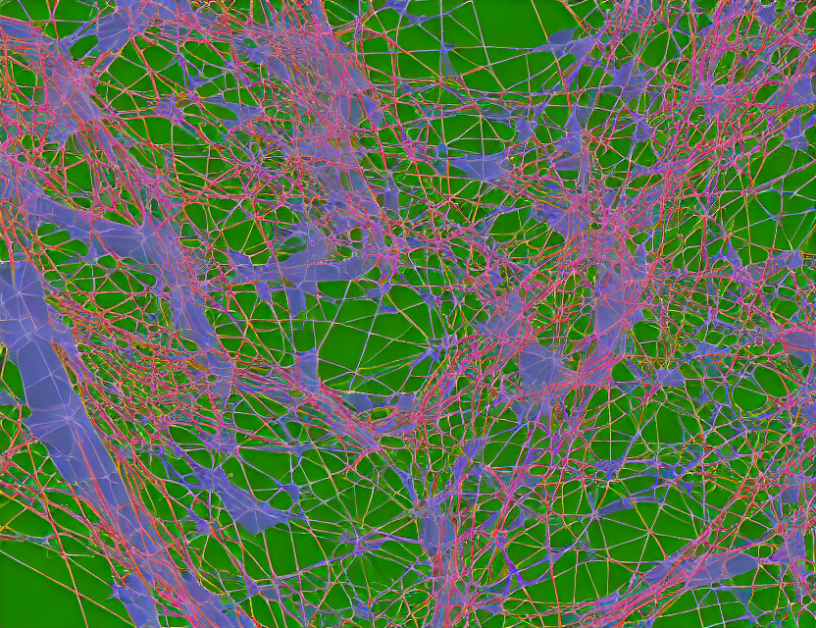Graph Attention Networks for Image-to-Image Translation
In this article, we explore a novel approach to image-to-image translation called Graph Attention Networks (GATs). GATs are designed to address the challenge of capturing semantic relationships between different parts of an image. Unlike traditional methods that rely on direct pixel-level alignment, GATs use a graph structure to represent the image and pool attention to focus on the most important nodes.
The article begins by providing context on the problem of image-to-image translation and the limitations of existing approaches. The authors then introduce the concept of GATs, which are based on a graph convolutional network (GCN) architecture. The key innovation of GATs is the use of attention mechanisms to selectively focus on specific parts of the graph, allowing the network to capture complex semantic relationships between different image regions.
The article then delves into the details of GATs, including the construction of the graph structure and the computation of attention weights. The authors demonstrate the effectiveness of GATs through empirical results on several image-to-image translation tasks, showing that they achieve state-of-the-art performance compared to other methods.
To further illustrate the capabilities of GATs, the article presents a series of ablation studies that explore different aspects of the method. These studies demonstrate the importance of the graph structure, the attention mechanism, and the use of pooling layers in achieving optimal performance.
Finally, the authors discuss some potential applications of GATs beyond image-to-image translation, including video editing and style transfer. They also highlight some future research directions for exploring the full potential of GATs.
In summary, Graph Attention Networks offer a powerful approach to image-to-image translation by leveraging the semantic relationships between different parts of an image. By selectively focusing on the most important nodes in the graph, GATs are able to capture complex contextual information and generate high-quality translations. With their robust performance and versatile applications, GATs are a promising tool for anyone working in the field of computer vision.
Computer Science, Computer Vision and Pattern Recognition
Unlocking Realistic Image Synthesis with Graph Networks



